When we think of intelligent animals, species like dolphins, chimpanzees, and ravens typically come to mind. Turtles, with their slow movements and seemingly expressionless faces, rarely make this prestigious list. However, recent scientific research is challenging our perception of these ancient reptiles. Studies across multiple disciplines are revealing that turtles possess remarkable cognitive abilities that have long been overlooked. From problem-solving and learning to social intelligence and memory, turtles are demonstrating capabilities that suggest we’ve been underestimating them for centuries. This article explores the fascinating world of turtle intelligence and why these seemingly simple creatures deserve a second look when we discuss animal cognition.
The Evolution of Turtle Brains

Turtles have been around for more than 220 million years, making them one of the oldest reptile groups still alive today. Despite common misconceptions, turtle brains have evolved considerably over this vast timespan. While different in structure from mammalian brains, turtle brains contain many of the same fundamental regions responsible for learning, memory, and decision-making. The reptilian brain includes a cerebrum that, though smaller proportionally than in mammals, still processes complex information. Evolutionary biologists note that the longevity of the turtle lineage speaks to the effectiveness of their neural architecture. Their brains have clearly been successful enough to help these animals survive multiple mass extinction events, including the one that wiped out the dinosaurs.
Problem-Solving Abilities

Recent studies have revealed surprising problem-solving capabilities in various turtle species. For example, researchers at the University of Tennessee found that box turtles could navigate complex mazes, with individuals improving their performance significantly over time. Even more impressively, when faced with obstacles, many turtles display creativity in finding alternative routes or methods to achieve their goals. In one study, red-footed tortoises demonstrated the ability to learn how to use tools to obtain otherwise unreachable food rewards. The experimental turtles quickly learned that pushing a ball toward a target would result in a food reward, showing not just memorization but genuine understanding of cause and effect. These problem-solving skills suggest levels of cognitive flexibility previously thought beyond reptilian capabilities.
Learning and Adaptation

Contrary to the stubborn stereotype of the unchanging turtle, these animals show remarkable capacity for learning and adaptation. Studies from the Emory University have demonstrated that turtles can be trained using classical conditioning techniques and retain what they’ve learned for months or even years. Painted turtles in particular have shown an ability to form associations between stimuli and rewards, adjusting their behavior accordingly. Even more fascinating is their ability to generalize knowledge – applying what they’ve learned in one situation to novel circumstances. For example, aquatic turtles that learn to associate a certain color with food can later recognize that same color in different contexts or environments. This type of learning requires mental flexibility and adaptation that goes well beyond simple instinct.
Memory Capabilities
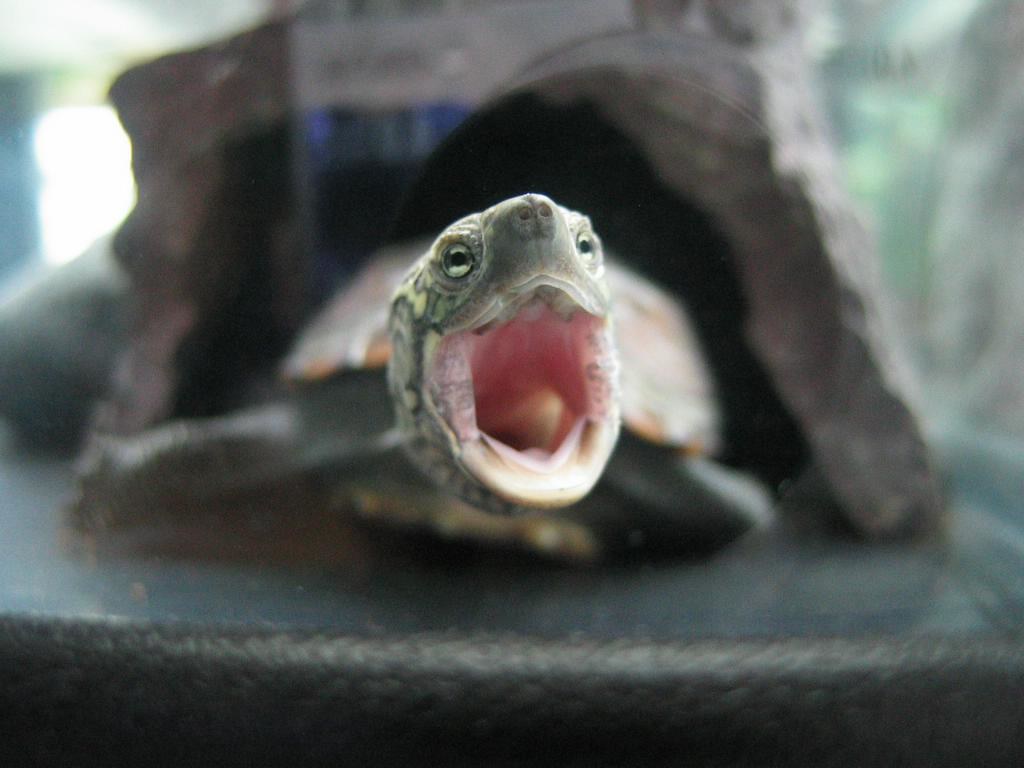
Turtles possess impressive memory capabilities that help them survive in the wild. Sea turtles demonstrate perhaps the most remarkable memory feat – navigating thousands of miles of open ocean to return to specific nesting beaches where they themselves hatched decades earlier. This navigational memory involves complex integration of magnetic fields, visual landmarks, and possibly other environmental cues. In laboratory settings, researchers have documented turtles remembering the solutions to mazes for up to three months without additional practice. Red-eared sliders have been observed remembering specific humans who feed them, responding differently to familiar caretakers versus strangers. These memory capabilities suggest sophisticated neural processing that allows turtles to store, maintain, and retrieve important information over extended periods.
Social Intelligence
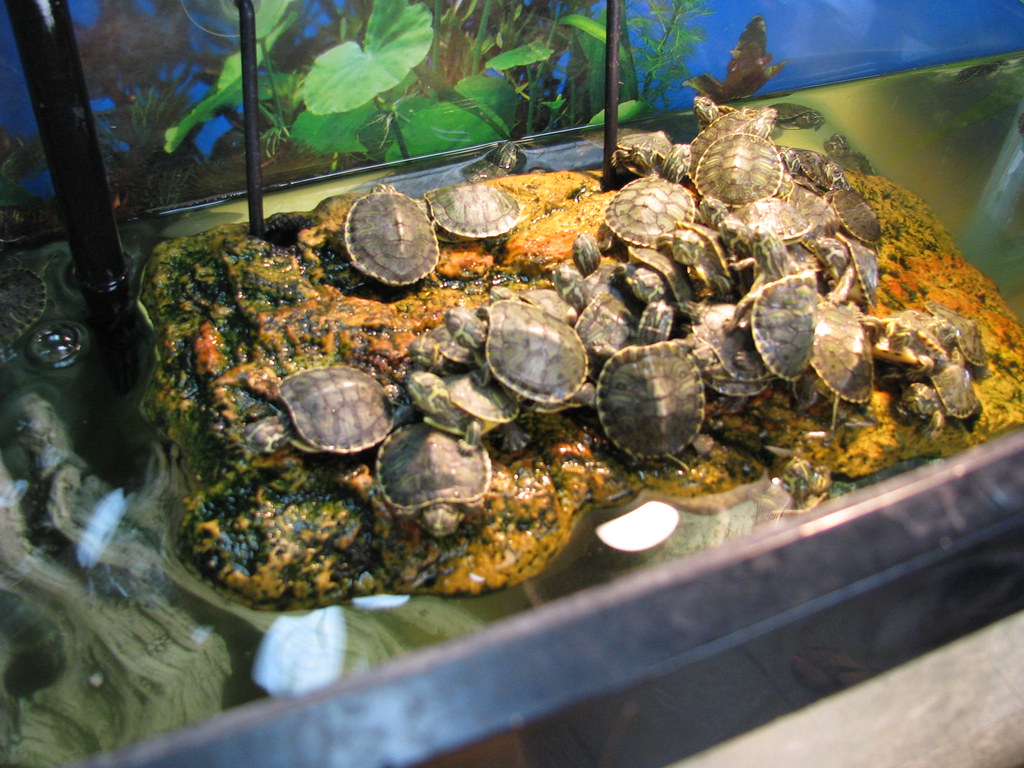
Despite their reputation as solitary creatures, many turtle species display surprising levels of social intelligence. Research conducted at the University of Vienna has shown that tortoises can learn new behaviors by observing the actions of other tortoises. This form of social learning was once thought to be exclusive to mammals and birds. Some freshwater turtle species engage in complex courtship rituals that require reading and responding to subtle behavioral cues from potential mates. Juvenile turtles of several species have been observed engaging in play behaviors with siblings, suggesting social development similar to that seen in higher vertebrates. Even more telling, some species like the wood turtle have demonstrated the ability to recognize individual conspecifics, remembering past interactions with specific turtles and adjusting their behavior accordingly.
Navigation Expertise

The navigational abilities of turtles represent one of the most impressive aspects of their intelligence. Sea turtles can migrate thousands of miles between feeding grounds and nesting beaches, using the Earth’s magnetic field as a guide. This geomagnetic orientation involves creating and maintaining a complex mental map of their environment. Freshwater turtles similarly demonstrate remarkable homing abilities, finding their way back to preferred basking sites even when displaced considerable distances. Studies at the University of North Carolina have shown that turtles possess specialized cells in their brains that act like a biological compass, allowing them to detect the intensity and inclination of magnetic fields. These navigational feats require sophisticated spatial awareness and information processing that challenge our understanding of reptilian cognitive capabilities.
Individual Personality Differences
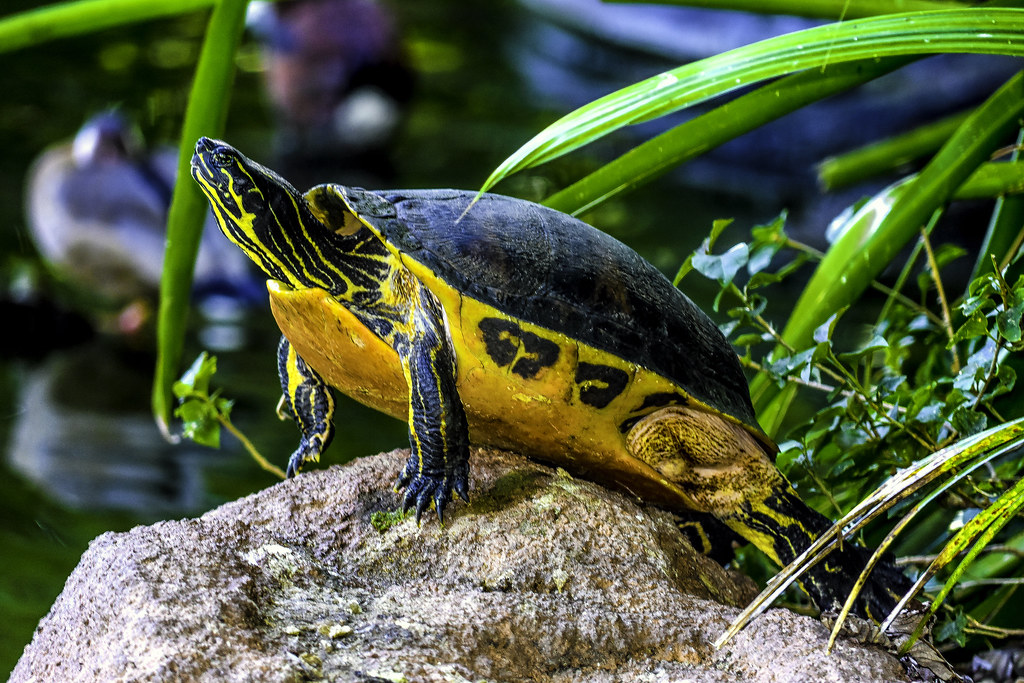
Scientific research increasingly reveals that turtles, like humans and other mammals, display distinct individual personalities. Studies at the University of Lincoln have documented consistent behavioral differences among individual turtles in traits such as boldness, aggression, sociability, and curiosity. These personality differences remain stable over time and across different situations, suggesting they are fundamental to each turtle’s nature rather than random variations. Some box turtles consistently approach novel objects with curiosity, while others reliably retreat into their shells. Keeper reports from zoos and aquariums frequently note that individual turtles have recognizable preferences, habits, and responses to keepers. The presence of consistent individual differences challenges the notion of reptiles as “programmed” animals and suggests a level of behavioral complexity comparable to many mammals.
Communication Systems
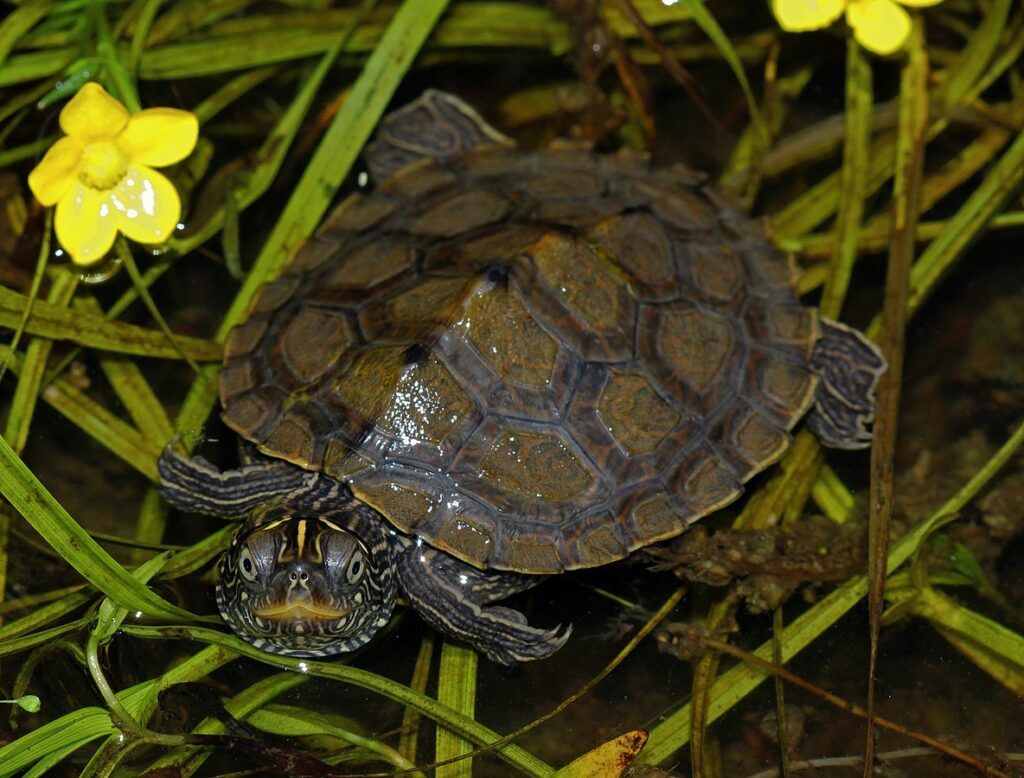
While turtles don’t vocalize like birds or mammals, they engage in sophisticated nonverbal communication that has been largely overlooked. Research from the Turtle Conservancy has documented multiple forms of visual signaling, including specific head movements, limb positions, and shell presentations that convey information to other turtles. Many aquatic species use tactile communication, with certain patterns of shell or limb touching carrying specific meanings during courtship or territorial interactions. Some species even utilize low-frequency vibrations that travel through water or soil to communicate with conspecifics. Perhaps most surprisingly, certain tortoise species can detect airborne chemical signals that provide information about the reproductive status, health, and identity of other tortoises. These diverse communication systems suggest cognitive complexity well beyond what was previously attributed to these animals.
Emotional Intelligence

Emerging research suggests turtles may possess forms of emotional intelligence that challenge our understanding of reptilian cognition. Physiological measurements have detected distinct changes in hormone levels and heart rates when turtles encounter threatening situations versus safe ones, indicating emotional states analogous to fear and contentment. Long-term turtle keepers consistently report apparent emotional responses in their animals, including behaviors that suggest pleasure, anxiety, excitement, and contentment. Some turtles show clear preferences for certain caretakers, becoming more active and responsive when their favored human is present. Studies at the Smithsonian National Zoo have documented stress hormone fluctuations in turtles that correlate with environmental changes and social interactions, suggesting emotional responses to their experiences. While different from mammalian emotions, these findings indicate turtles have more complex inner lives than previously acknowledged.
Adaptability to New Environments
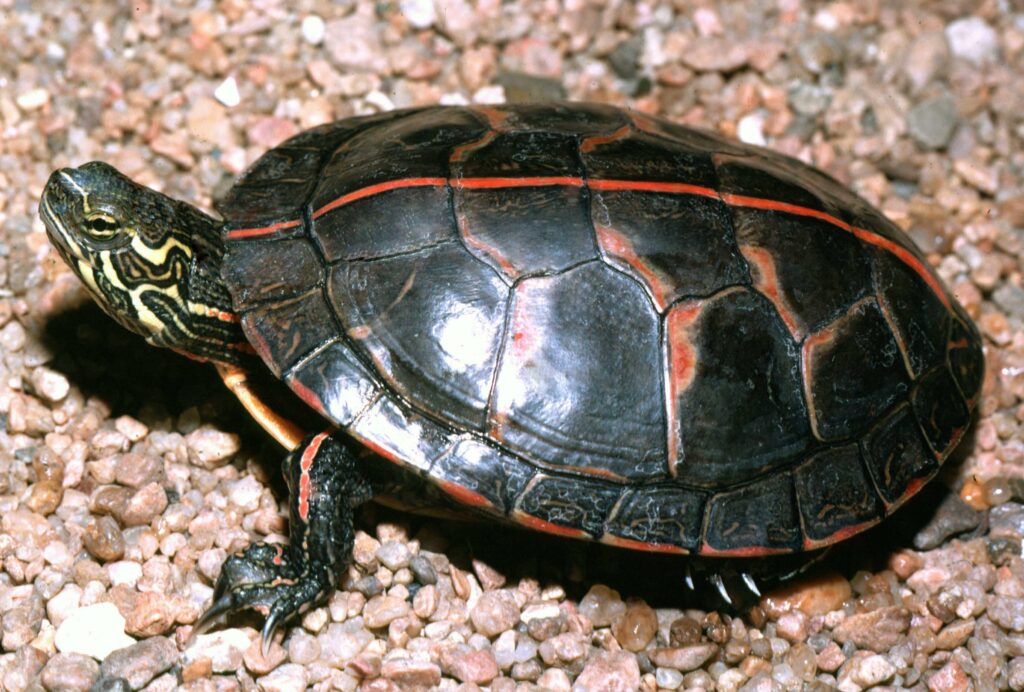
The cognitive flexibility of turtles becomes particularly evident in their remarkable adaptability to new environments. Despite evolving over millions of years, many turtle species have successfully adjusted to rapidly changing habitats, including urban environments created by humans. Red-eared sliders, for example, have proven extraordinarily adaptable, establishing populations on six continents and adjusting their feeding and breeding behaviors to local conditions. Researchers at Arizona State University found that urban desert tortoises adjust their activity patterns, feeding habits, and even social behaviors when relocated to new territories. This adaptability requires cognitive assessment of new surroundings, identification of potential resources and threats, and behavioral modification based on these assessments. Such flexible response to environmental change suggests complex decision-making rather than rigid instinctual programming.
Experimental Evidence of Self-Awareness

While the mirror self-recognition test (commonly used to assess self-awareness in mammals) proves challenging for turtles due to their different sensory priorities, alternative methods are revealing intriguing results. Researchers at the Max Planck Institute developed turtle-appropriate tests that suggest some level of bodily awareness. When red-footed tortoises were fitted with small, lightweight devices on their shells, they demonstrated awareness of the changed body dimensions by adjusting their movements when navigating narrow spaces. In another study, painted turtles showed the ability to distinguish between their own scent marks and those of other turtles, suggesting a form of chemical self-recognition. While different from human self-awareness, these findings indicate turtles possess a more sophisticated understanding of themselves as distinct entities than previously thought. These experiments challenge our mammal-centric definitions of consciousness and suggest we need broader frameworks for understanding animal awareness.
Methodological Challenges in Studying Turtle Intelligence
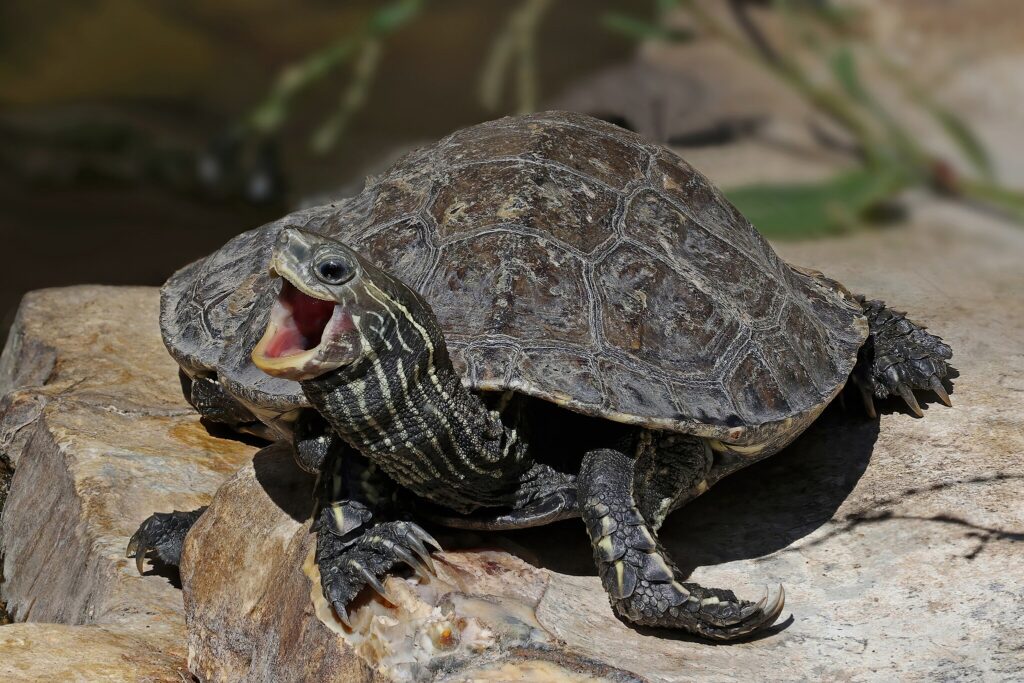
One significant reason turtle intelligence has been underestimated relates to methodological challenges in studying these unique animals. Traditional intelligence tests developed for mammals often fail to account for the different sensory priorities, motivational drivers, and response mechanisms of turtles. For example, turtles process visual information differently and respond on much slower timescales than mammals, making standard testing protocols inappropriate. Temperature-dependent metabolism means turtle cognitive performance can vary dramatically based on environmental conditions during testing. Additionally, many studies historically focused on captive-raised individuals that may not fully represent the cognitive potential of wild turtles that face complex survival challenges. Recent advances in reptile cognition research have begun addressing these limitations by developing turtle-specific testing paradigms that account for their unique biology, resulting in much more impressive demonstrations of their capabilities.
Implications for Conservation
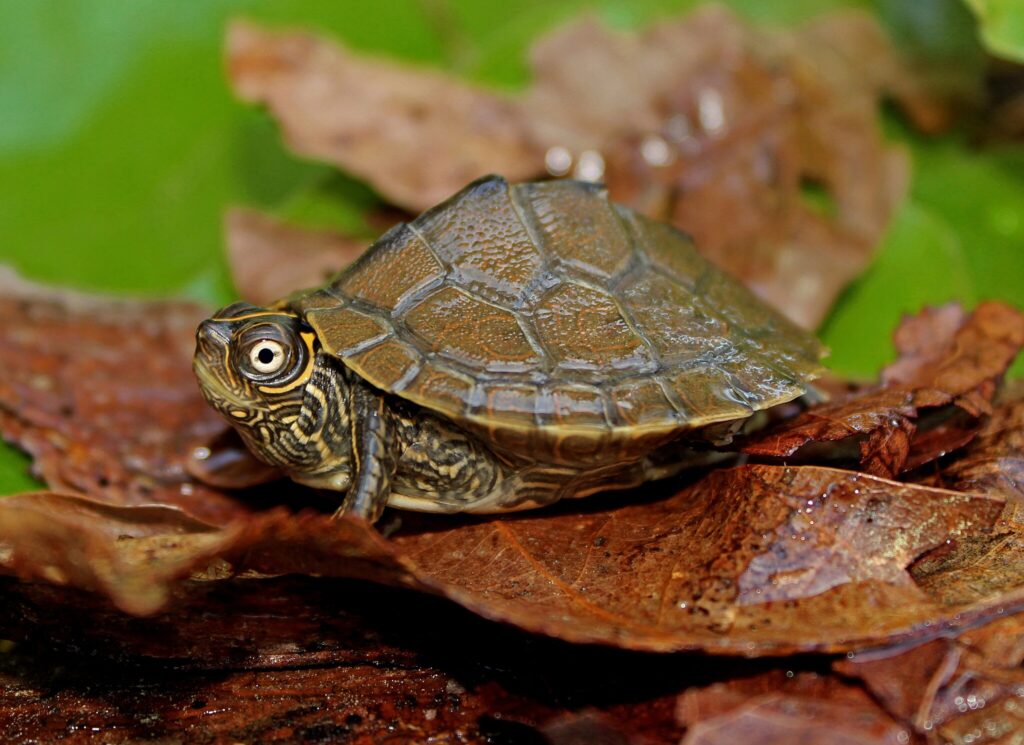
Understanding turtle intelligence has profound implications for conservation efforts worldwide. As nearly 60% of turtle species face extinction threats, recognizing their cognitive complexity strengthens ethical arguments for their protection. Conservation strategies that account for turtle learning abilities can be more effective – for example, head-starting programs that provide appropriate cognitive enrichment produce juveniles better prepared for survival challenges after release. Recognizing that turtles can experience stress and adapt their behavior based on environmental changes helps conservationists design more appropriate captive environments and release protocols. The discovery that turtles possess individual personalities also impacts conservation, as programs increasingly recognize that population diversity includes behavioral diversity, not just genetic variation. By acknowledging turtles as cognitively complex beings rather than simple automatons, conservation efforts can better address both their physical and psychological needs.
Our understanding of turtle intelligence continues to evolve as researchers develop more appropriate methods for testing these remarkable reptiles. Far from being the slow, dim-witted creatures of popular imagination, turtles demonstrate impressive cognitive abilities suited to their evolutionary needs and environmental challenges. Their problem-solving skills, memory capabilities, social intelligence, and adaptability all point to sophisticated mental processing that deserves greater recognition. As we continue to learn more about these ancient creatures, we’re discovering that turtle cognition represents a fascinating alternative evolutionary path to intelligence – one shaped by hundreds of millions of years of survival in diverse habitats around the world. Perhaps most importantly, acknowledging the cognitive complexity of turtles reminds us that intelligence takes many forms in nature, and that we should be cautious about underestimating any animal’s mental capabilities based on superficial observations or anthropocentric biases.

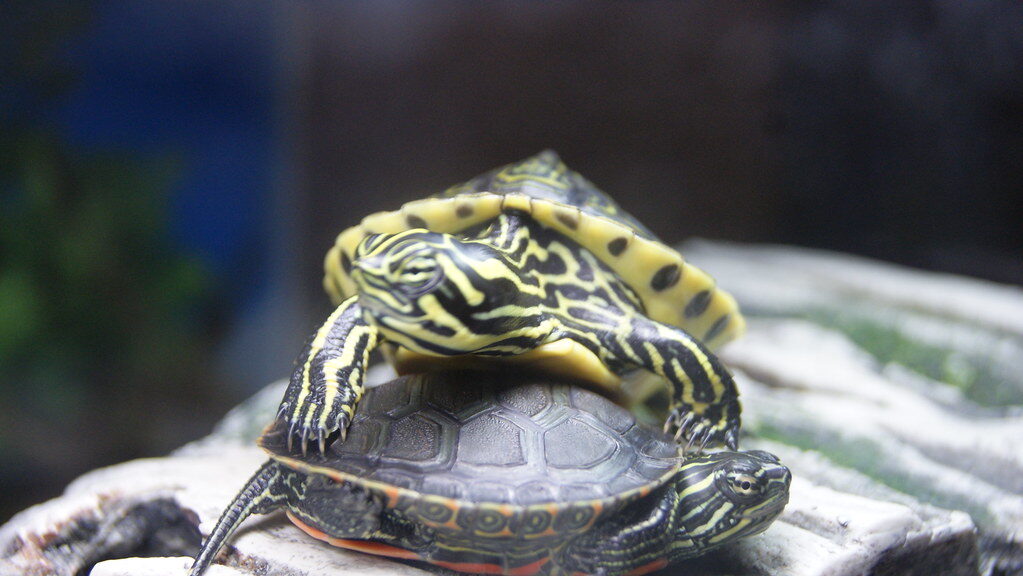
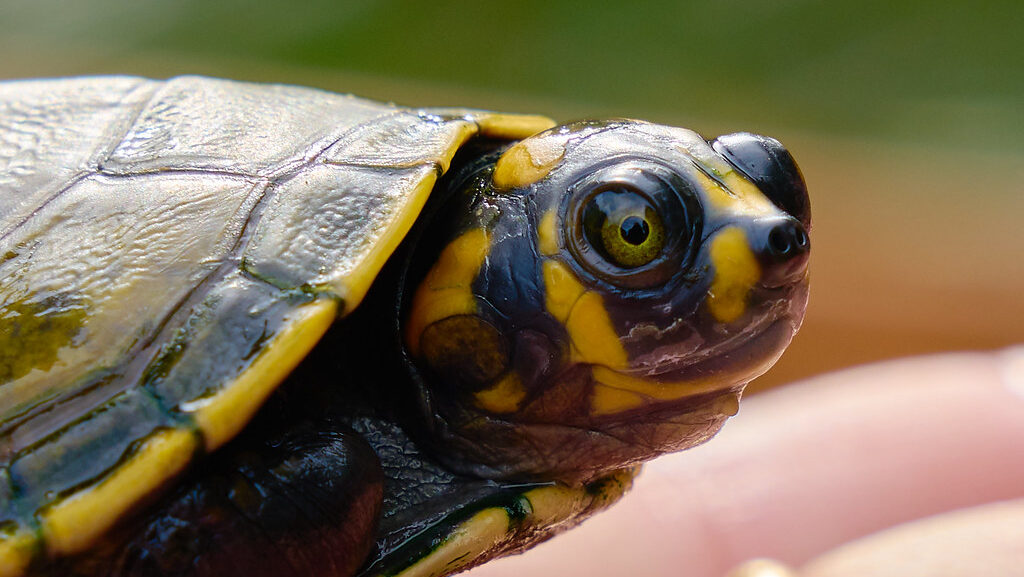
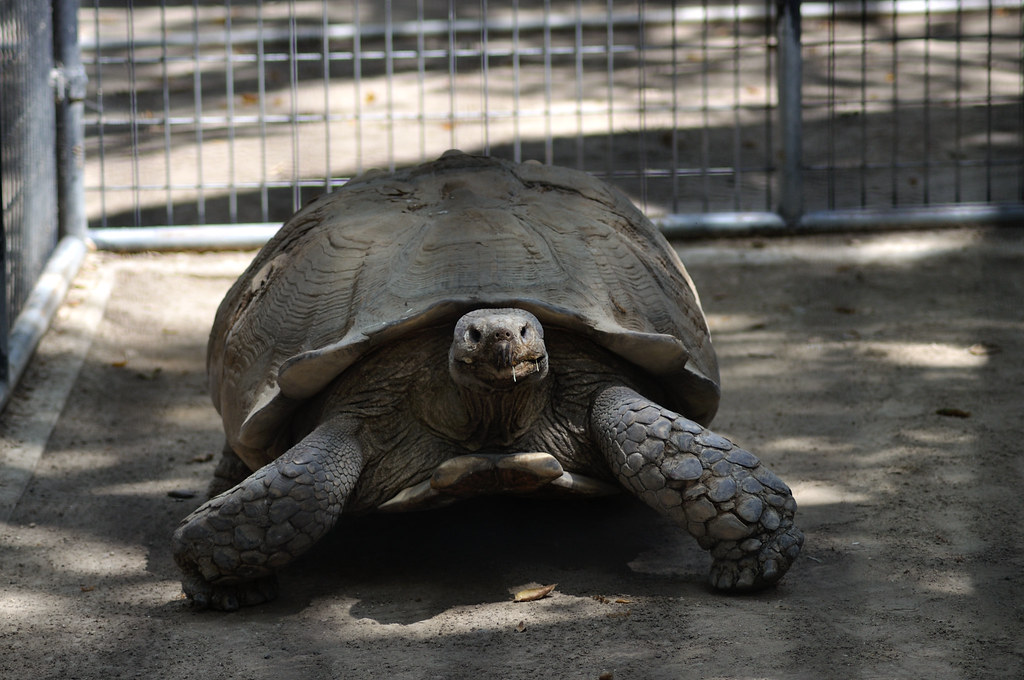
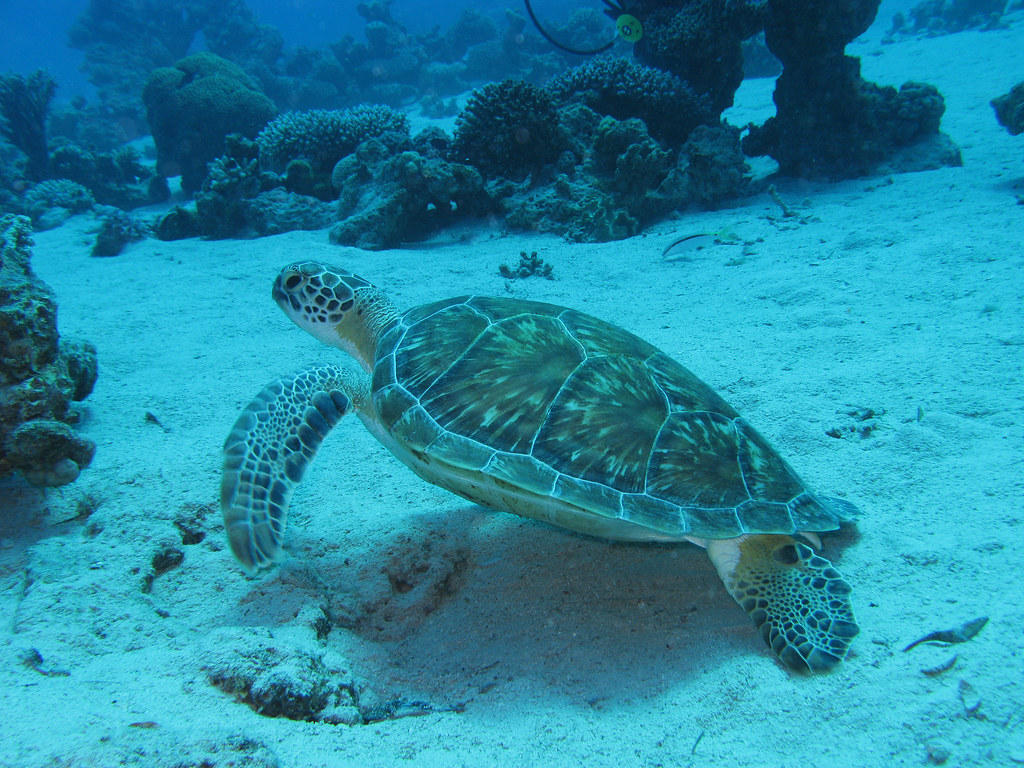
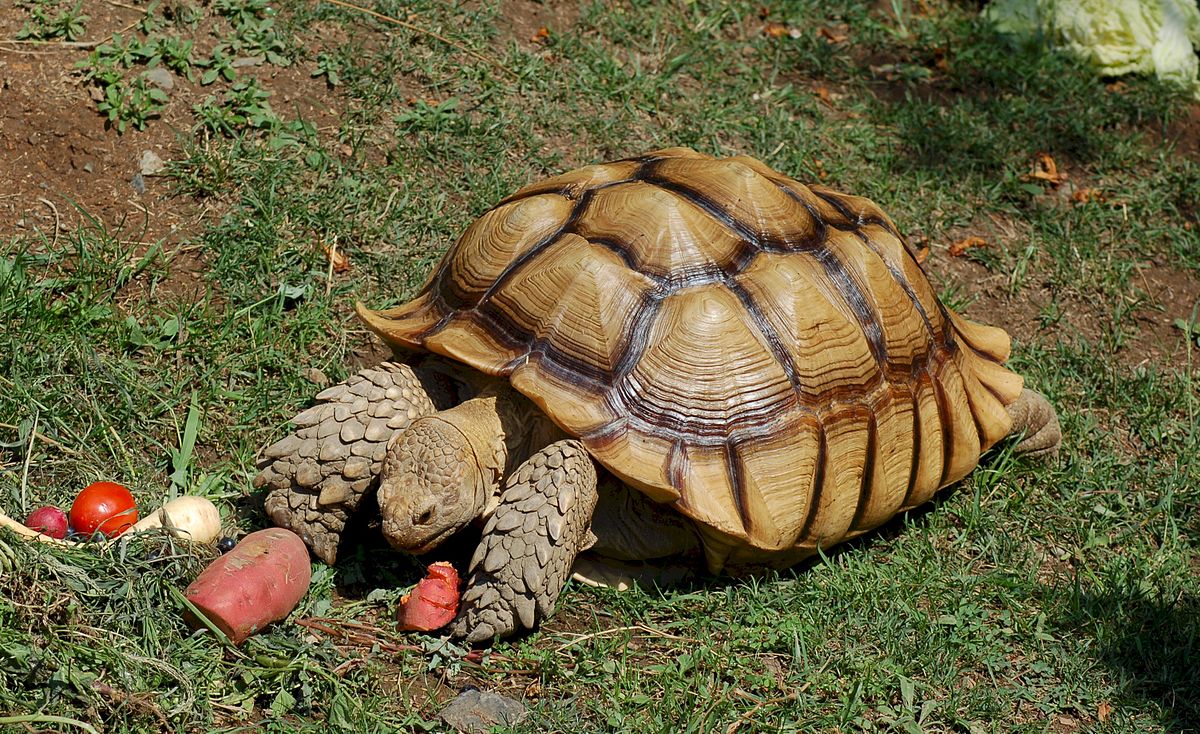
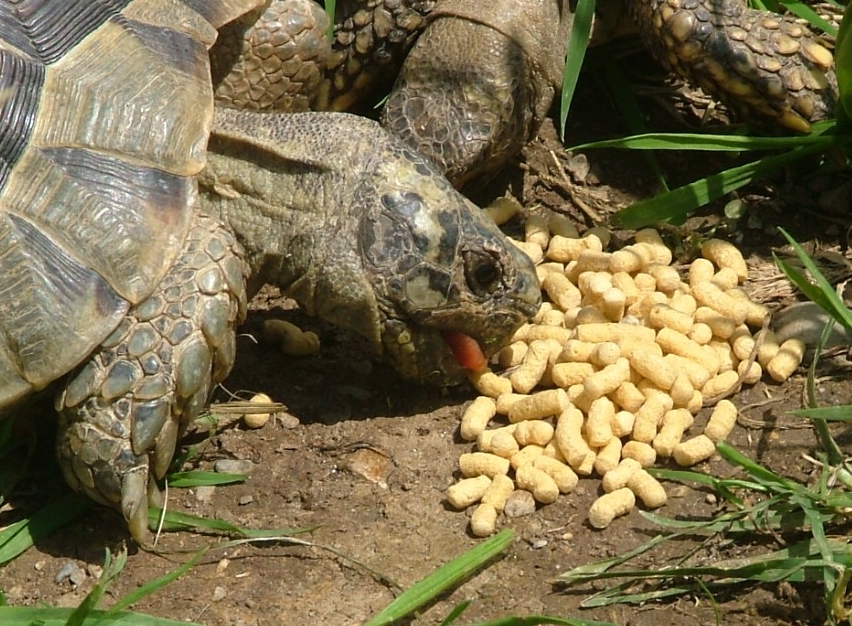
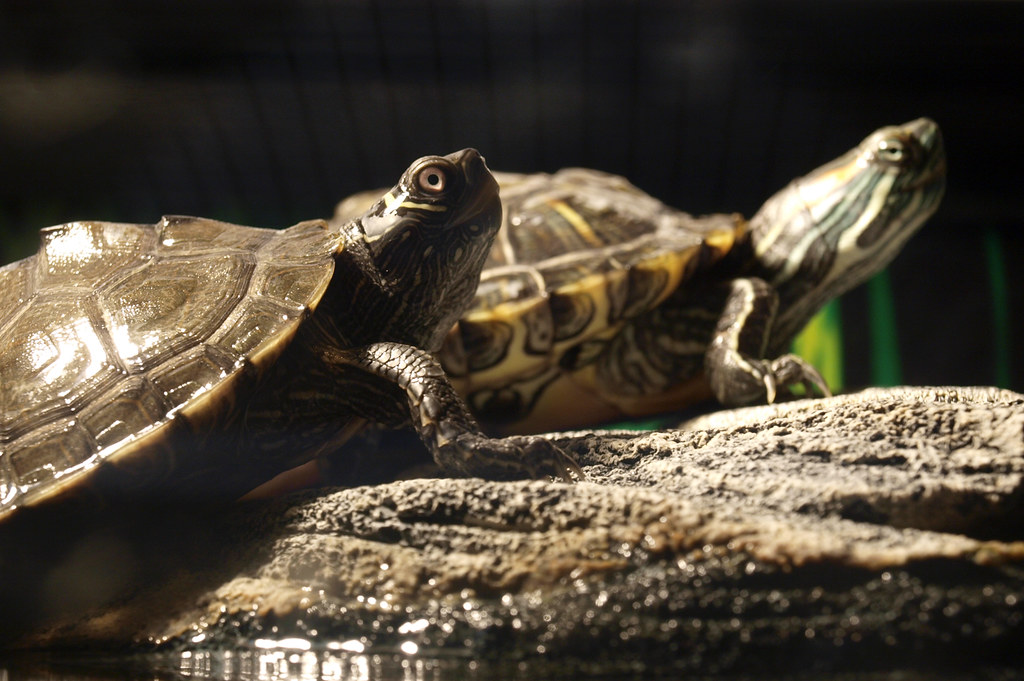
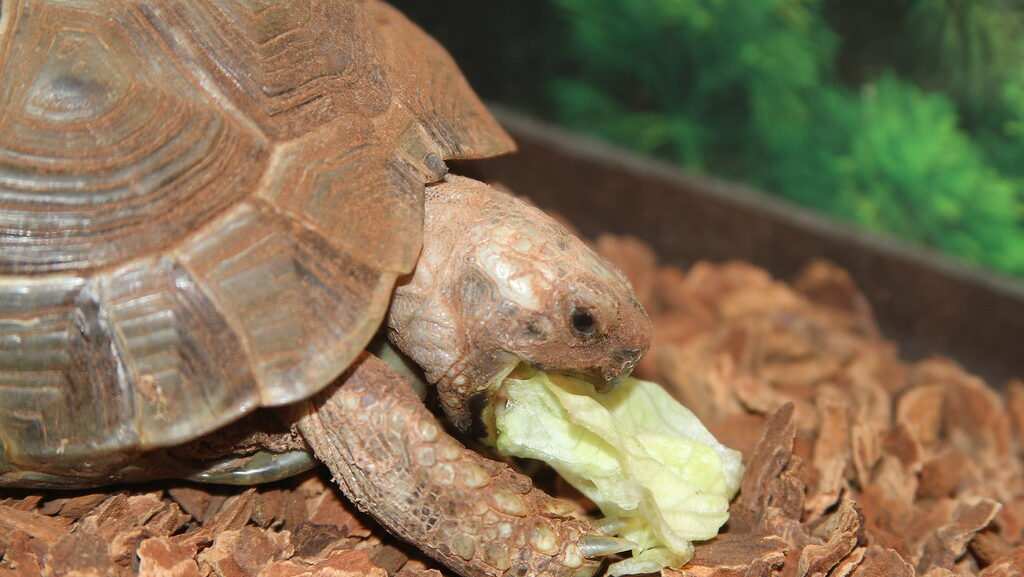
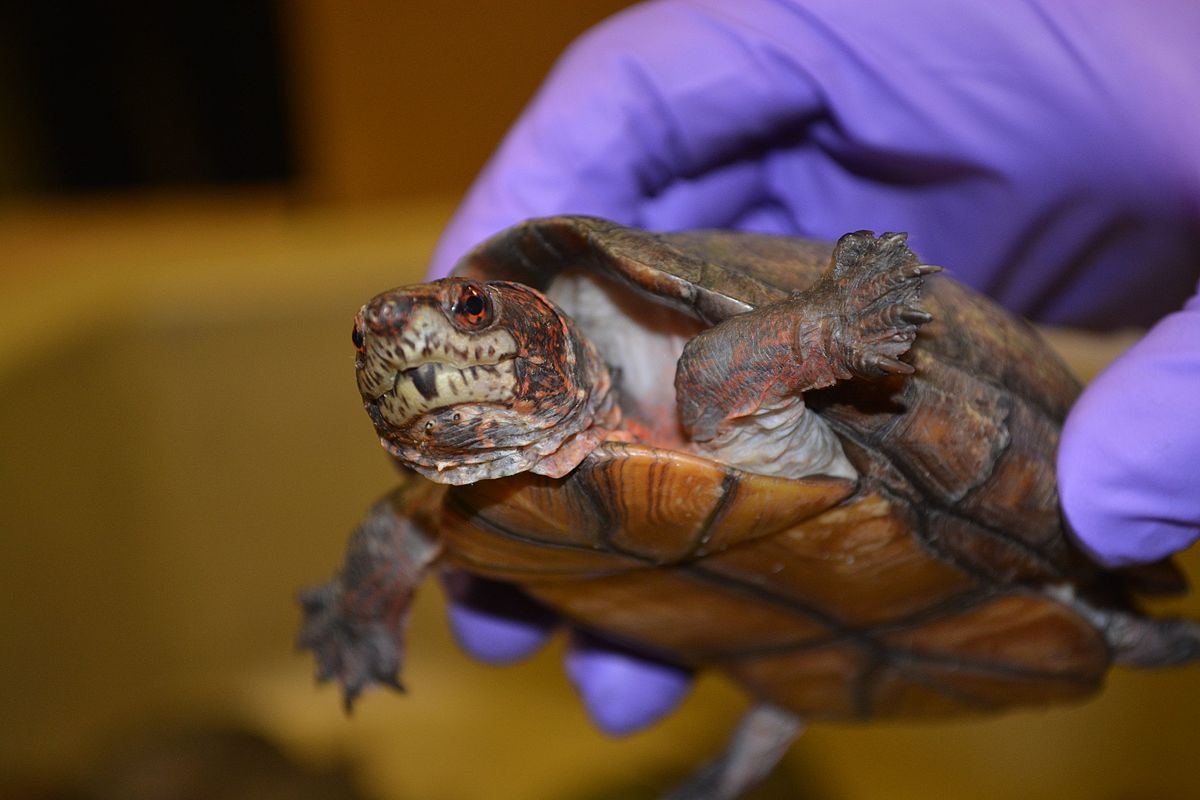
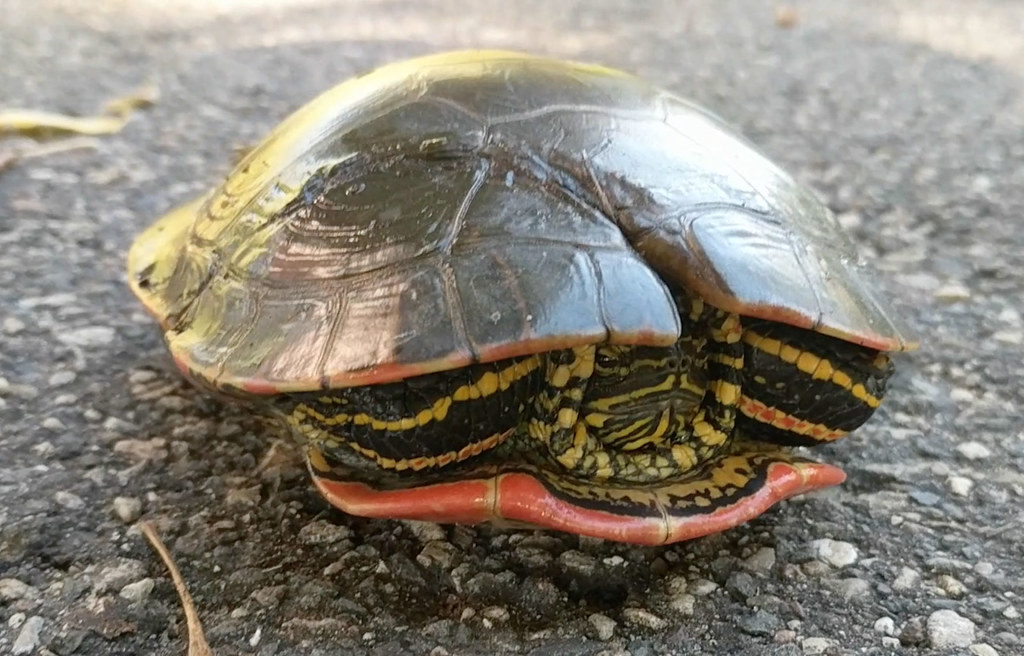
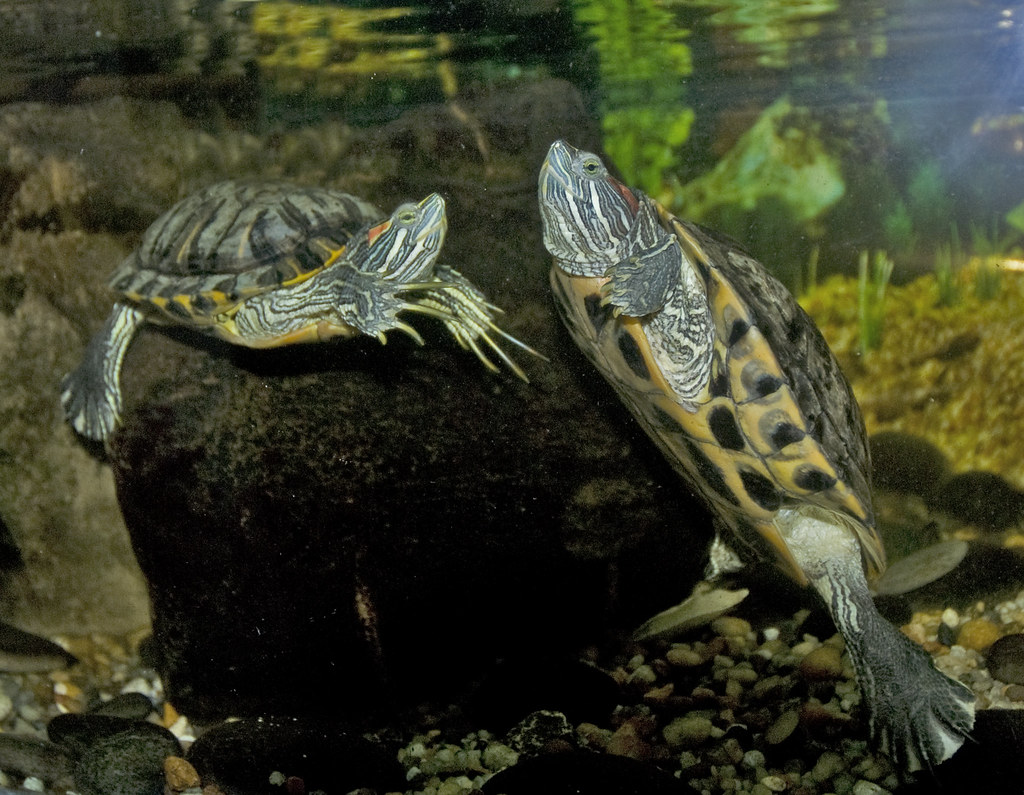




Leave a Reply